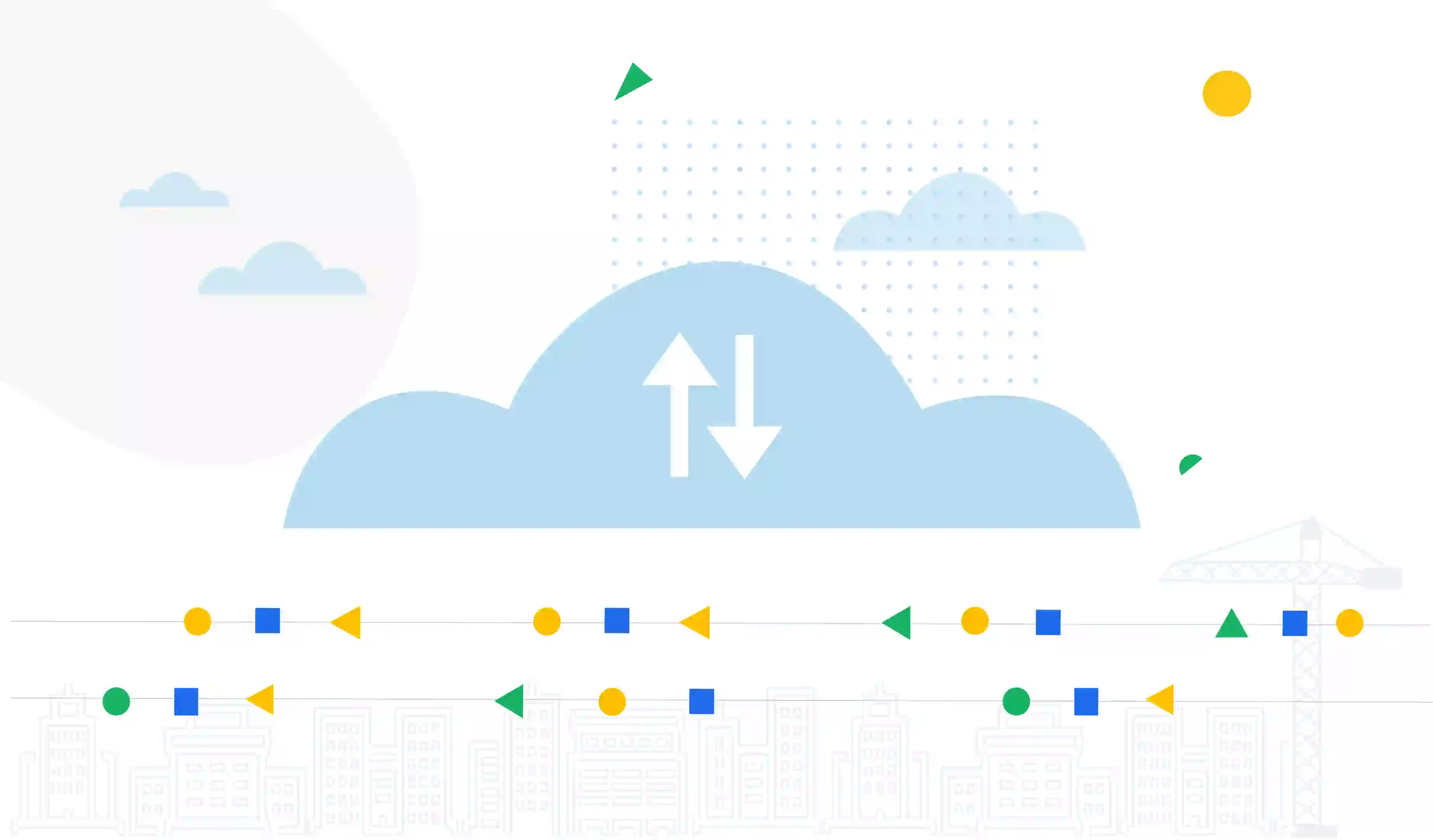Blogs Home
Understanding Disaster Recovery as a Service for SAP
Published on August 10, 2023
3 min read

SAP is a leading enterprise software provider that offers solutions to various businesses and organizations worldwide. These services include ERP support for production, marketing, human resources, materials management, and more. Today, SAP applications and data are critical for many organizations, supporting their core operations and decision-making.
However, we all know that SAP workloads are prone to various threats, such as cyber-attacks, natural disasters, human errors, etc. Software like an ERP is integrated all over the organization. The disruption could halt operations, damaging your company's reputation and causing financial loss.
The impact of a disaster on SAP workloads can be catastrophic and can result in:
- Data Loss: A disaster or cybercrime can result in the degraded performance of the SAP application, downtime, or permanent data loss. This will affect the organization’s ability to access its information, such as customer data, reports, or finance-related documents.
- Reputational Damage: Downtime can cause severe reputational damage to your company and result in losing your customers, sales, and the trust of stakeholders.
- Employees Productivity: Employees rely extremely on SAP-based applications, and the downtime can severely affect their productivity as they won't be able to access the tools or the software.
- Difficult Recovery: Recovering the SAP bases applications is complex and time taking. This is the reason that it requires specialized skills and resources.
These reasons make Disaster Recovery for SAP essential for every organization. Disaster Recovery is the organization’s ability to restore critical data, services, and applications in case of a natural disaster, data breach, or any other reason. The data can be replicated on other servers or the cloud and retrieved later to continue the operations.
Traditional Disaster Recovery vs. Cloud Disaster Recovery
Traditional Disaster recovery, such as the on-premises DR, is an obvious choice for most companies. However, it has high-operational costs, such as needing dedicated staff, expensive servers and infrastructure, maintenance costs, and space allocation.
Cloud Disaster Recovery, conversely, has no hardware requirements, is scalable according to the growth of your business, and is very cost-friendly. All the data can be migrated to the cloud and retrieved anytime or anywhere worldwide.
Disaster Recovery as a Service
Disaster Recovery as a Service, or DRaaS, is a cloud-based solution allowing businesses to replicate their data and critical application on the cloud in the face of disasters. The data can be retrieved later without loss, ensuring minimal downtime and business continuity.
- Instant Data Recovery: Retrieving the data instantly from the cloud is one of the primary advantages of DRaaS for SAP. In case of a system failure or a disaster, businesses can immediately restore their SAP environments from the data replicated from the cloud, minimizing downtime.
- Scalability and Flexibility: The data size increases parallel to the companies' growth, and so does their requirement for data storage. Disaster Recovery as a Service for SAP offers scalability, and the storage for the data backup is flexible.
- Automated Backup and Testing: DRaaS offers automated backup scheduling and regular testing of recovery processes, ensuring that the SAP data is regularly backed up and all the recovery mechanisms are in place. This automation reduces the risk and ensures data recovery during disasters.
- Improved RTO: The RTO (Recovery Time Objective) is the period in which the operations must be restored. DRaaS for SAP aims to minimize downtime by providing swift recovery options, thereby improving the overall Recovery Time Objective (RTO) and ensuring minimal disruption to business processes.
- Geographic Diversity: The replicated data by DRaaS providers is often stored in geographically diverse locations. This ensures that the data is easily accessible if a region is affected by a disaster, such as an earthquake, tsunami, or forest fire.
Wanclouds Launches Enhanced Disaster Recovery as a Service Capabilities for SAP
Wanclouds has launched enhanced multi-cloud Disaster Recovery as a Service Capabilities for SAP Workloads. For companies running SAP, backing up their SAP applications and HANA databases is unmanageable and costly. Wanclouds’ VPC+, a SaaS-based application, minimizes these technical complexities and costs, simplifying the backup of SAP applications. Users can now track all the resources deployed in the cloud and set up disaster recovery in minutes.
Some of the key features include:
- Extensive support for the backup of SAP and non-SAP workloads, Hana DB, and other data running on VMware on-premise or in the cloud.
- Includes support for Kubernetes Configurations, data, and security policies.
- Reduced RPO and RTO and the need for multiple products.
- Supports IBM Cloud and AWS for SAP Disaster Recovery.
Want to set up a Robust Disaster Recovery Strategy for your SAP Workloads? Click Here!
Conclusion
Considering all these factors, it is obvious that Disaster Recovery as a Service is a feasible option for businesses and organizations that want to ensure that their business keeps running in the face of disaster. However, choosing the right DRaaS provider for your SAP workloads takes time and effort. Before deciding, consider the providers’ expertise, support, experience, cost, and other factors. Carefully evaluate these factors so that the selected DRaaS provider meets your RTO and minimizes downtime during a disaster.
Join our newsletter
Sign up for the latest news about Wanclouds.